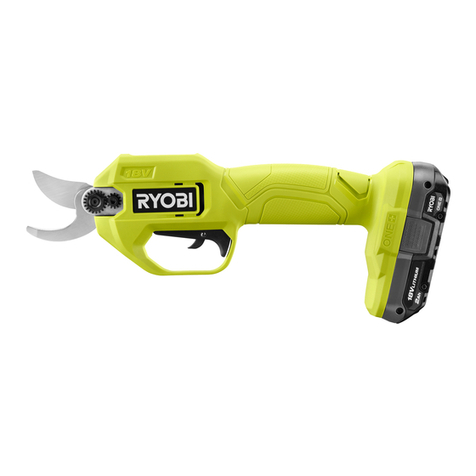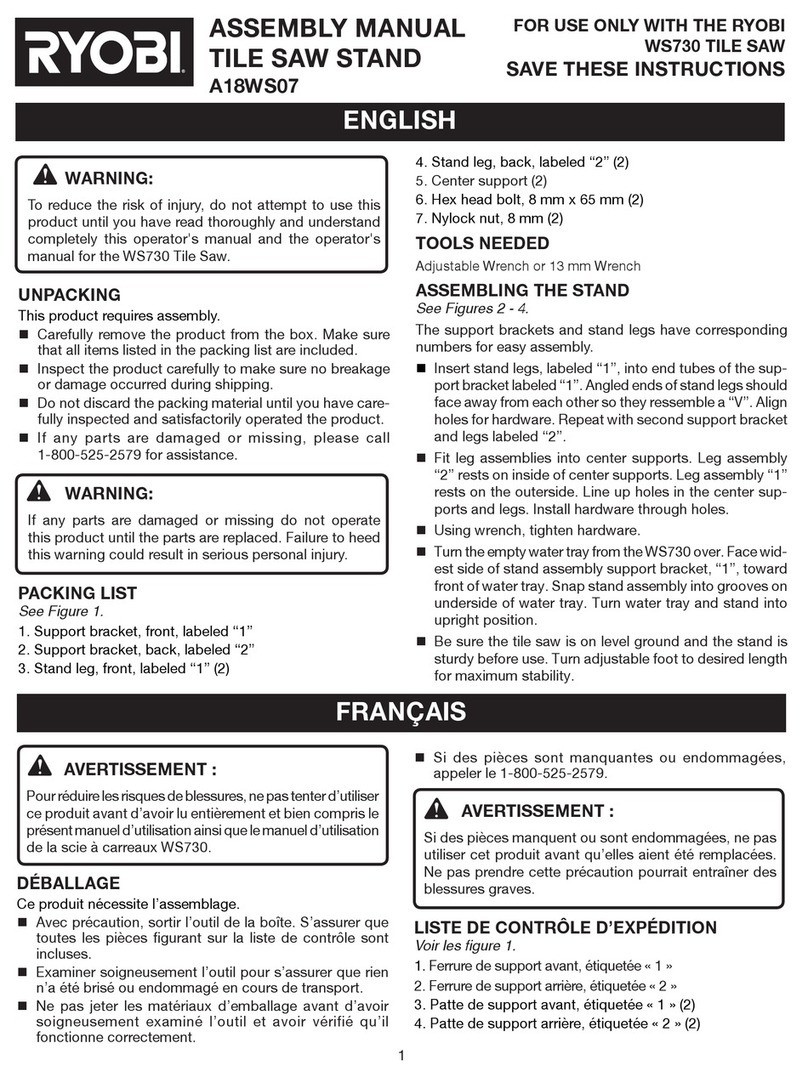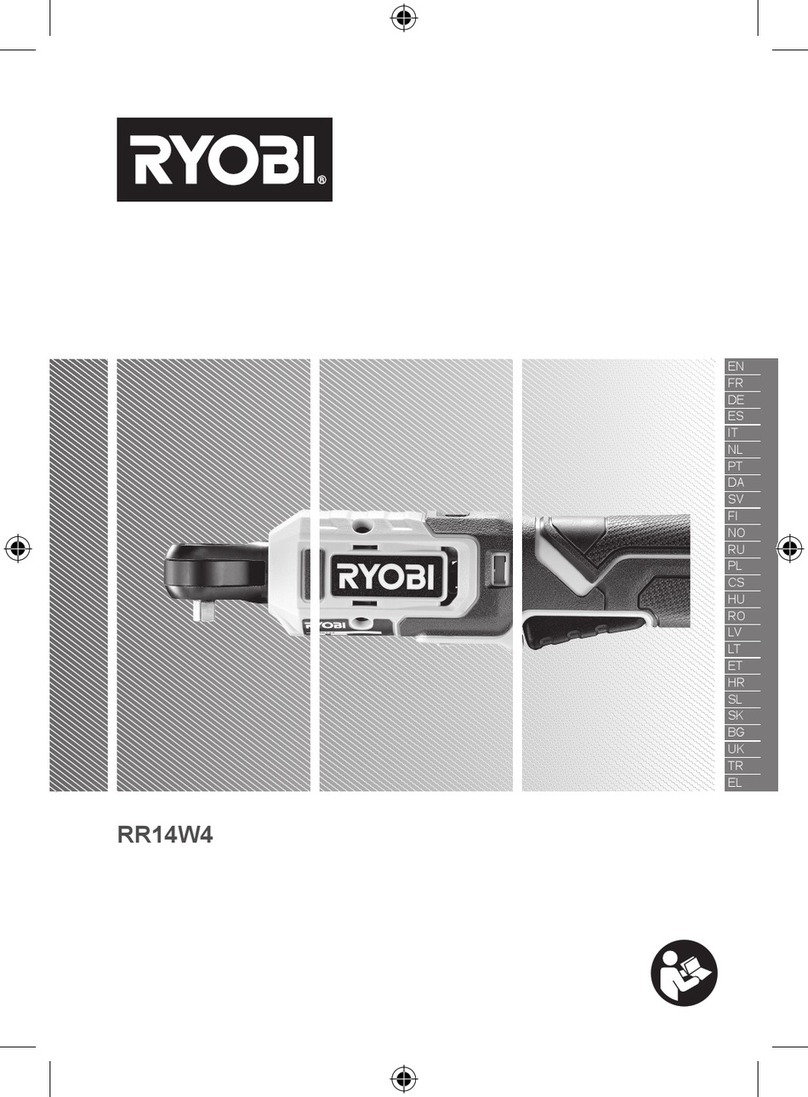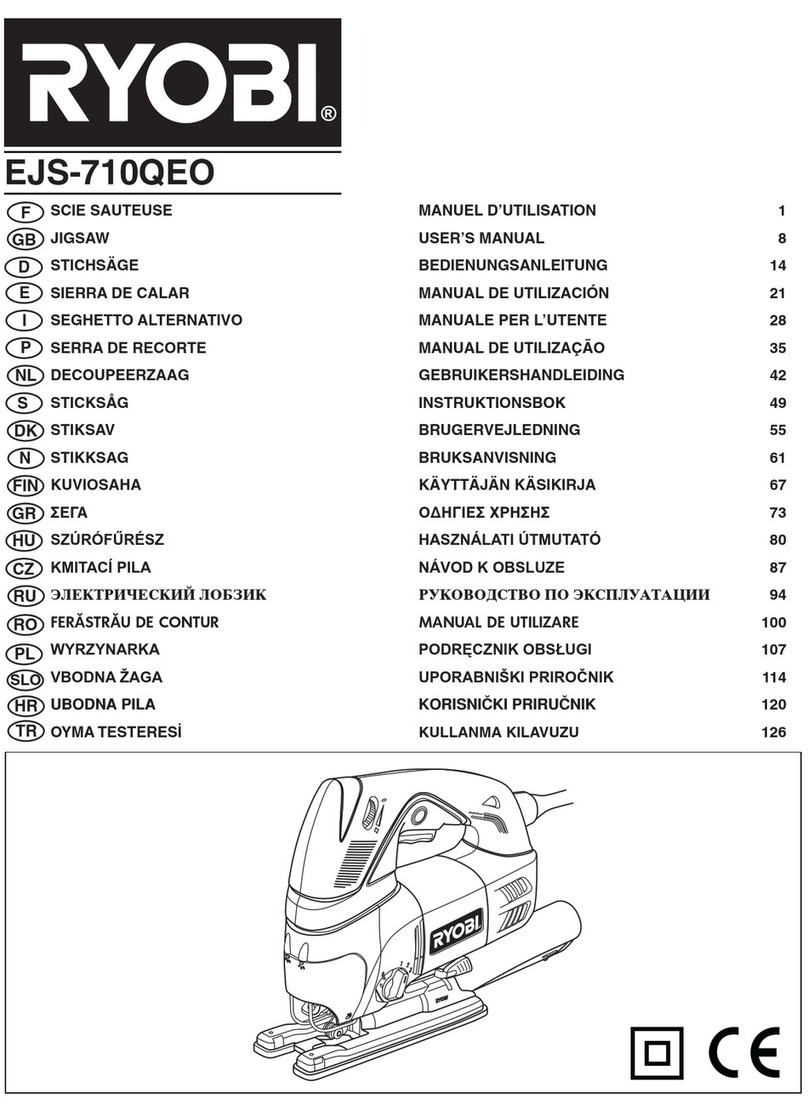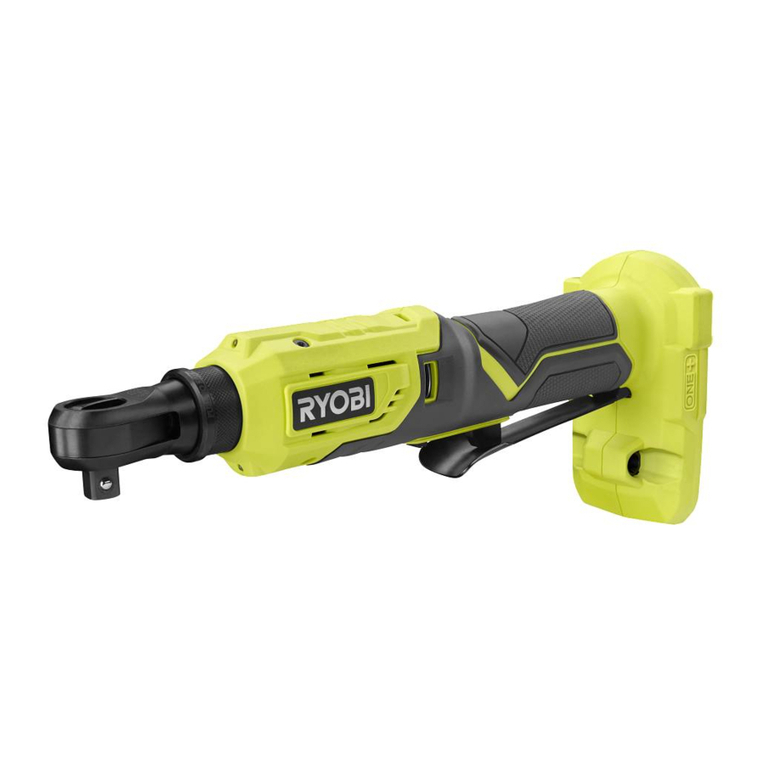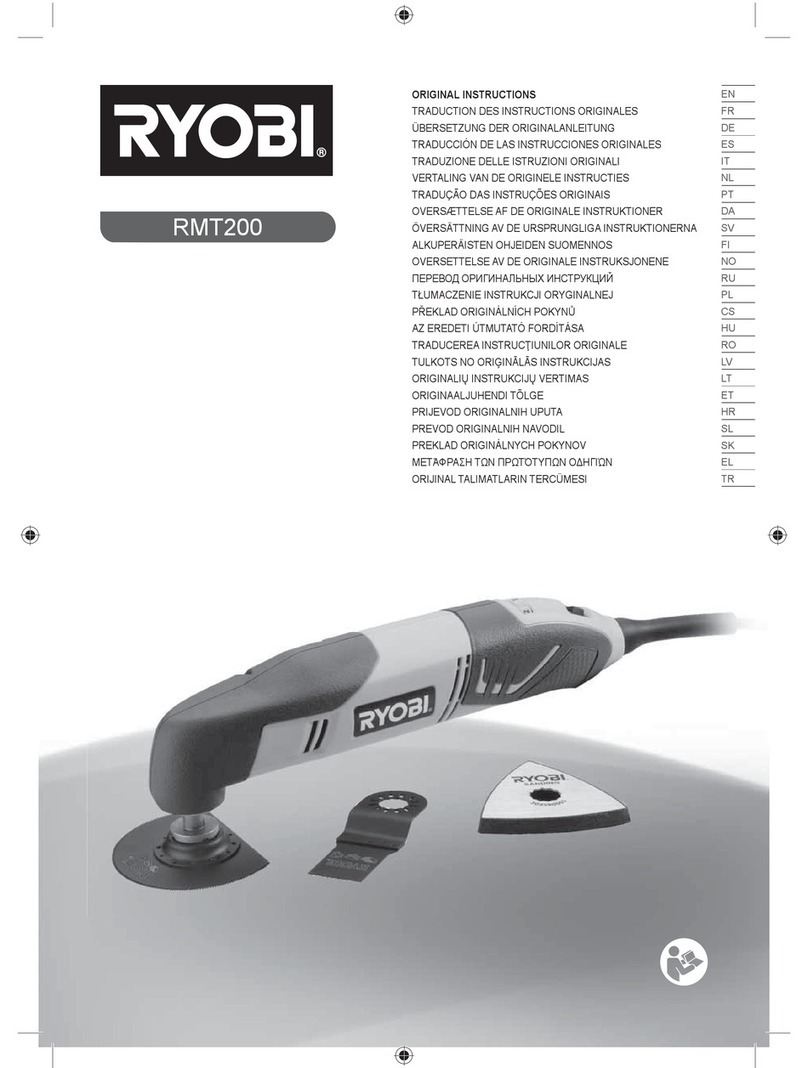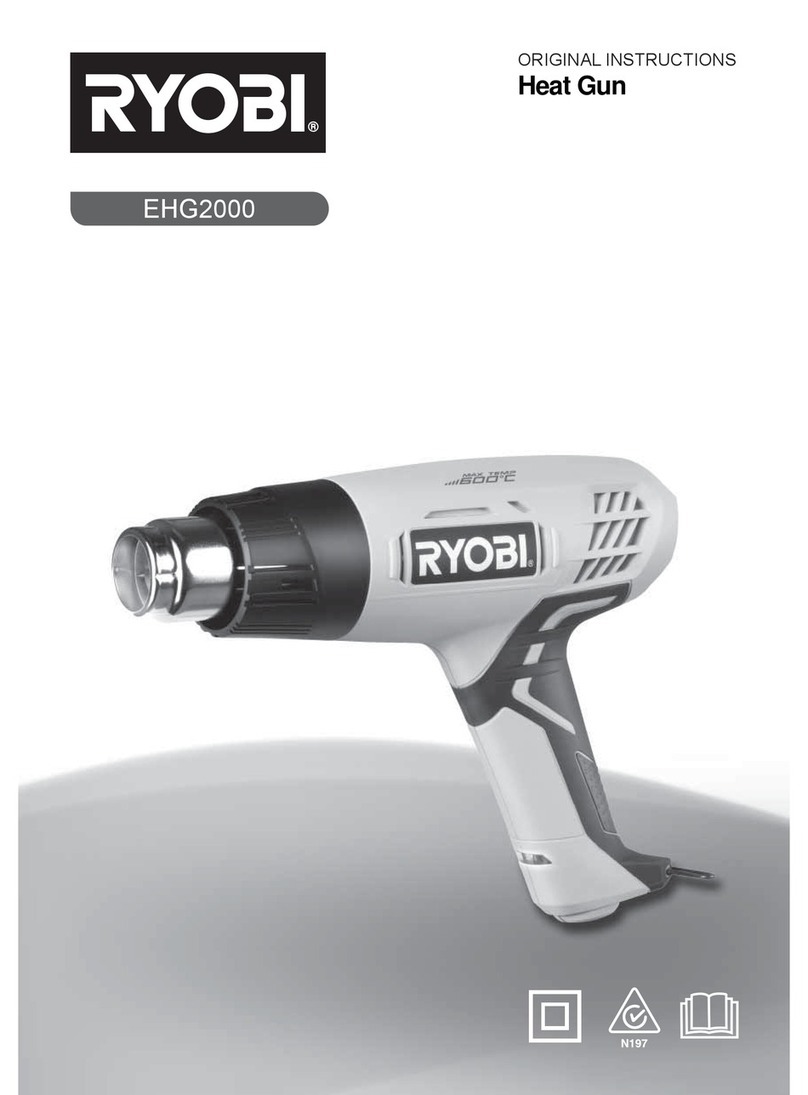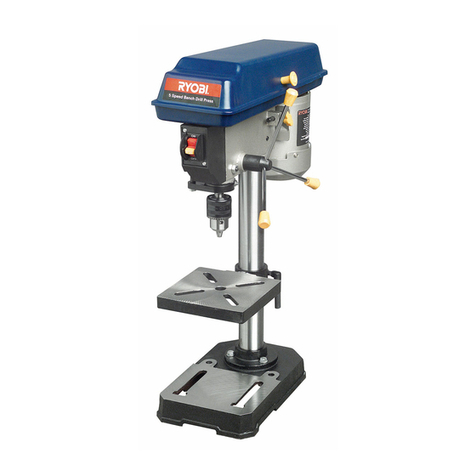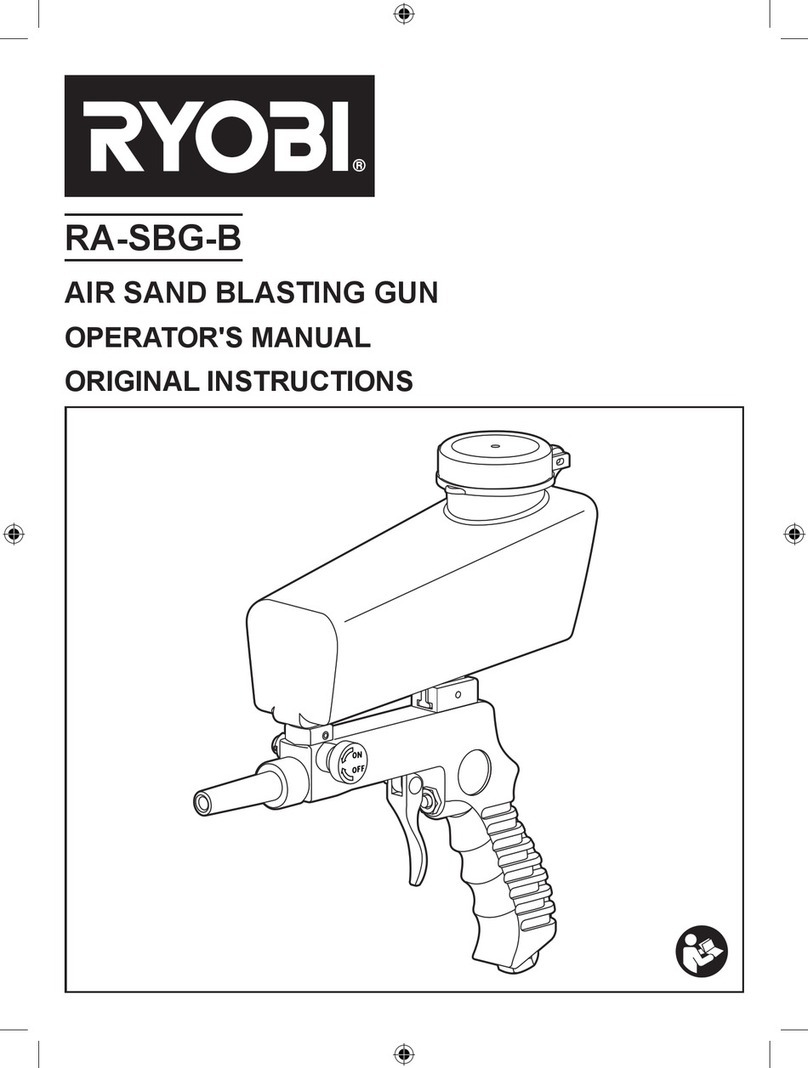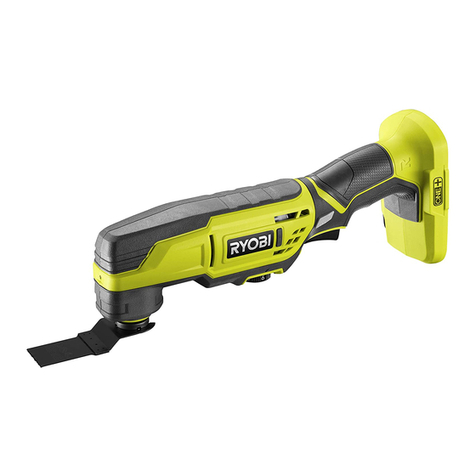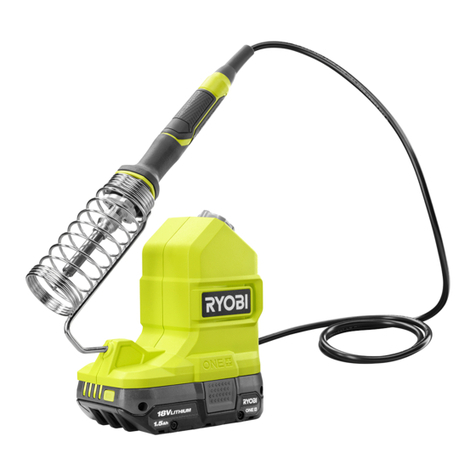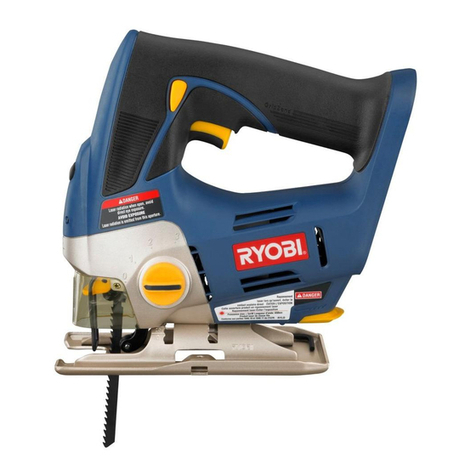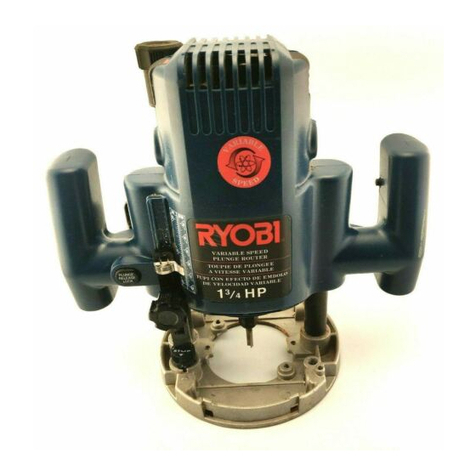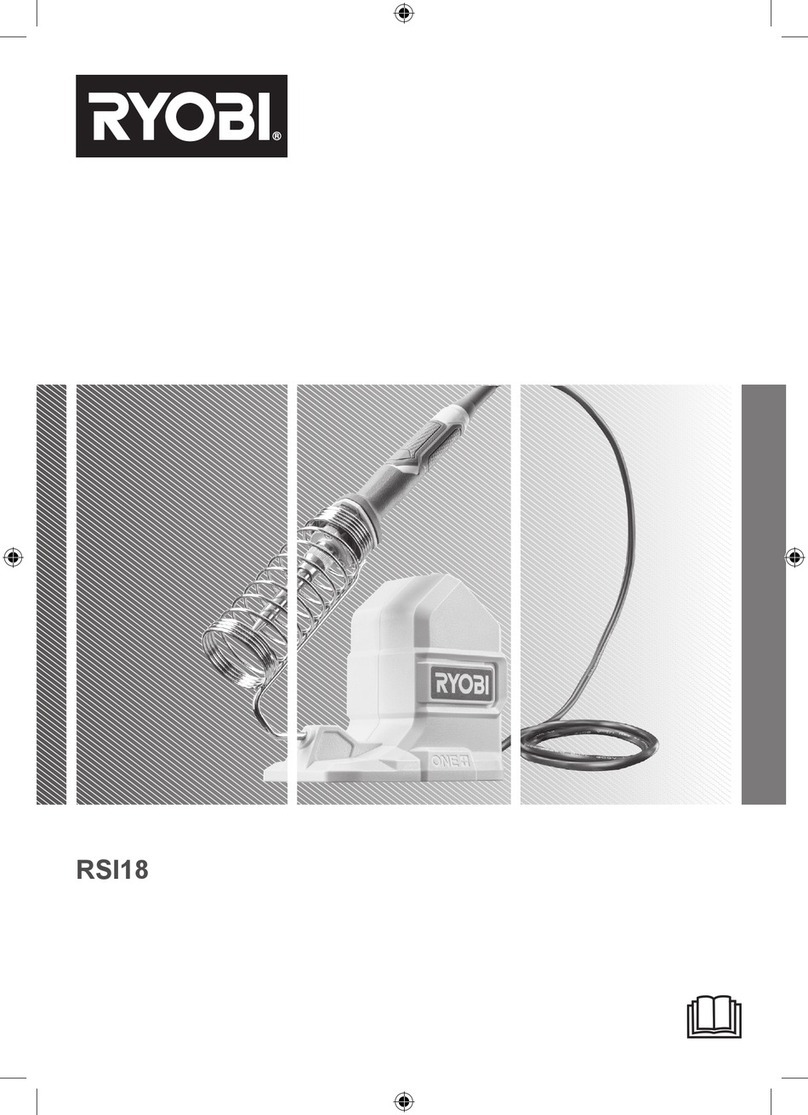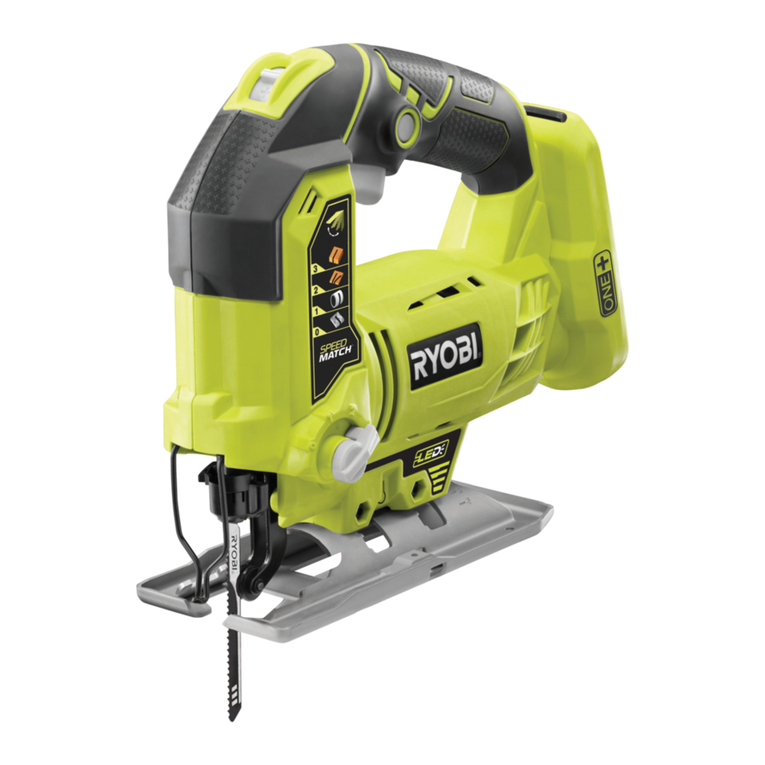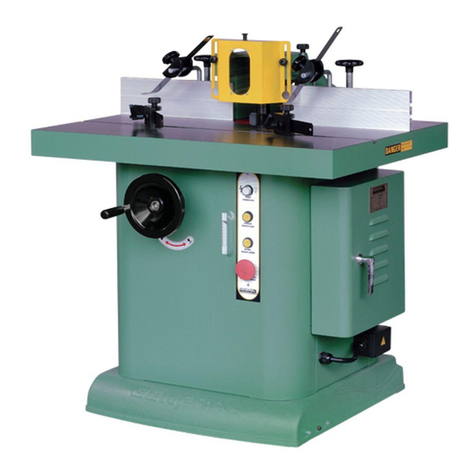
4
1. Make sure that the tool is only connected to the voltage
marked on the name plate.
2. Never use the tool if its cover or any bolts are missing. If
the cover or bolts have been removed, replace them
prior to use.
Maintain all parts in good working order.
3. Always secure the tool when working in elevated
positions.
4. Never touch the blade, drill bit, grinding wheel or other
moving parts during use.
5. Never start the tool when its rotating component is in
contact with the work piece.
6. Never lay the tool down before its moving parts have
come to a complete stop.
7. ACCESSORIES: The use of accessories or attachments
other than those recommended in this manual might
present a hazard.
8. REPLACEMENT PARTS: When servicing use only
identical replacement parts.
1. Always assume that the tool contains nails. Careless
handling of the nailer can result in unexpected firing of
nails and personal injury.
2. Do not point the tool towards yourself or anyone nearby.
Unexpected triggering will discharge the nail causing an injury.
3. Do not actuate the tool unless the tool is placed firmly
against the workpiece. If the tool is not in contact with the
workpiece, the nail may be deflected away from your target.
4. Disconnect the tool from the power source when the fastener
jams in the tool. While removing a jammed fastener, the
tacker may be accidentally activated if it is plugged in.
5. Use caution while removing a jammed nail. The mechanism
may be under compression and the nail may be forcefully
discharged while attempting to free a jammed condition.
6. Do not use this nailer for fastening electrical cables. It is
not designed for electric cable installation and may damage
the insulation of electric cables thereby causing electric
shock or fire hazards.
7. Hold power tool by insulated gripping surfaces, when
performing an operation where the nail may contact hidden
wiring. Nails contacting a “live” wire may make exposed
metal parts of the power tool “live” and could give the operator
an electric shock.
8. Know your power tool. Read operator’s manual care¬fully.
Learn its applications and limitations, as well as the
specific potential hazards related to this power tool.
Following this rule will reduce the risk of electric shock,
fire, or serious injury.
9. Always wear eye protection with side shields marked to
comply with ANSI Z87.1. Everyday glasses have only impact
resistant lenses. They are not safety glasses. Following
this rule will reduce the risk of serious personal injury.
11. The employer and/or user must ensure that proper
eye protection is worn. We recommend Wide Vision
Safety Mask for use over eyeglasses or standard safety
glasses that provide protection against flying particles
both from the front and side. Always use eye protection
which is marked to comply with ANSI Z87.1.
12. Additional safety protection will be required in some
environments. For example, the working area may
include exposure to noise level which can lead hearing
damage. The employer and user must ensure that any
necessary hearing protection is provided and used by the
operator and others in the work area. Some environments
will require the use of head protection equipment. When
required, the employer and user must ensure that head
protection conforming to ANSI Z89.1-1997 is used.
13. Keep fingers away from trigger when not driving
fasten¬ers to avoid accidental firing.
14. Use safety equipment. Always wear eye protection.
Dust mask, nonskid safety shoes, hard hat, or hearing
protection must be used for appropriate conditions.
15. Protect your lungs. Wear a face or dust mask if the
operation is dusty. Following this rule will reduce the
risk of serious personal injury.
16. Protect your hearing. Wear hearing protection during
extended periods of operation. Following this rule will
reduce the risk of serious personal injury.
17. Battery tools do not have to be plugged into an electrical
outlet; therefore, they are always in operating condition.
Be aware of possible hazards when not using your
battery tool or when changing accessories. Following
this rule will reduce the risk of electric shock, fire, or
serious personal injury.
18. Do not place battery tools or their batteries near fire
or heat. This will reduce the risk of explosion and possibly
injury.
19. Use the tool only for its intended use. Do not discharge
fasteners into open air.
20. Use the tool only for the purpose for which it was designed.
21. Use only the nails recommended for this tool. Use of
the wrong nails could result in poor nail feeding, jammed
nails, and nails leaving the tool at erratic angles. If nails
are not feeding smoothly and properly, discontinue their
use immediately. Jammed and improperly feeding nails
could result in serious personal injury.
22. Never use this tool in a manner that could cause a nail
to be directed toward anything other than the workpiece.
23. Do not use the tool as a hammer.
24. Always carry the tool by the handle.
25. Do not alter or modify this tool from the original design
or function without approval from the manufacturer.
26. Always be aware that misuse and improper handling
of this tool can cause injury to yourself and others.
27. Never clamp or tape the trigger or workpiece contact
in an actuated position.
28. Never leave tool unattended if the battery is installed.
29. Do not operate this tool if it does not contain a legible
warning label.
30. Keep the tool and its handle dry, clean and free from oil
and grease. Always use a clean cloth when cleaning.
Never use brake fluids, gasoline, petroleum-based products,
or any strong solvents to clean your tool. Fol¬lowing this
rule will reduce the risk of loss of control and deterioration
of the enclosure plastic.
INSTRUCTIONS FOR SAFE HANDLING
CORDLESS NAILER STAPLER SAFETY
PRECAUTIONS
10. Eye protection which conforms to ANSI specifications and
provides protection against flying particles both from the
FRONT and SIDE should ALWAYS be worn by the operator
and others in the work area when loading, operating or
servicing this tool. Eye protection is required to guard
against flying fasteners and debris, which could cause
severe eye injury.

